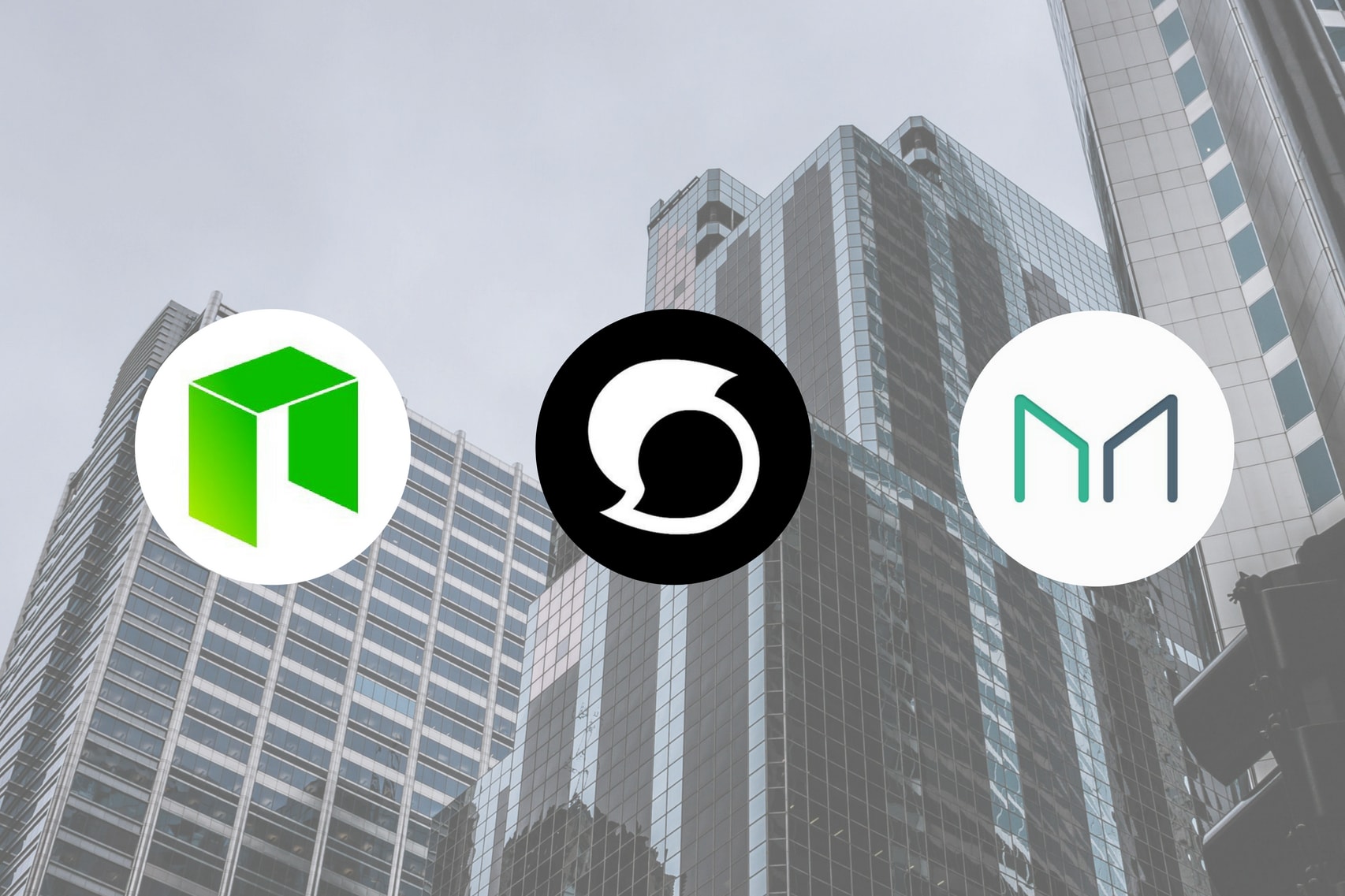On July 13, 2018, Coinbase announced their intention to consider the possibility of adding 5 more cryptocurrencies to their platform. This was after the company announced to be considering the addition of Ethereum Classic back to its platform (they have since announced that ETC will be available to Coinbase Consumer users starting August 16, 5pm PST).
The choice of cryptocurrencies to be listed by Coinbase does not come by mere guesses or familiarity. The choice is made based on a framework the company designed in November 2017. In this document, which is called Digital Asset Framework, Coinbase publicly outlines its process for choosing which coins to list.
The Digital Asset Framework has 6 sections: mission and values, technology, legal and compliance, market supply, market demand, and cryptoeconomics. A coin that meets the criteria in these 6 sections is considered worth listing.
There is no information indicating that Coinbase could be announcing any other listing consideration anytime soon. But at some point in the future, we expect that they will consider listing more coins. In light of their previous announcement, given that we now have insight into how they choose coins worth listing, this article analyzes possible coins that could be under consideration for listing in the near future.
Using the Digital Assessment Framework as a frame of reference, here are 3 coins (in no particular order) that could be on the Coinbase radar soon.
1. NEO
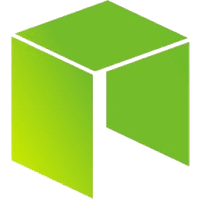
NEO, commonly referred to as China’s Ethereum, has been the strongest contender to Ethereum so far. It is a smart contract platform that allows developers to use common programming languages such as Java or C#.
The platform also supports Solidity, the programming language of Ethereum. NEO’s edge over other platforms is its two-tier consensus model known as dBFT (where the first tier is PoS), and the fact NEO token holders can earn GAS. Learn more in our introduction to NEO.
The following questions express what Coinbase would consider before listing NEO according to the Digital Asset Framework:
What problem does NEO solve and how is NEO different from other blockchain projects?
NEO makes it easier to create smart contracts by allowing common programming languages like Java and C#. The payment of services on the NEO network is done in GAS, another cryptocurrency issued to NEO holders.
How accessible is NEO and how easy is it for anybody to participate in the network?
NEO is accessible to the public, and easy participation in the NEO economy is made possible via the NEO Client. The network enables a trustless consensus model.
Does NEO have a working product?
Yes. The network is already live on the mainnet with some interesting projects building on it.
Is the code open-source and has it been tested by third-parties? Plus, how well does the team respond to vulnerabilities in the code?
The NEO code is open-source. There has been a third-party audit of the code, and the team has demonstrated good response to security issues and vulnerabilities in the code. An example of this is shown in this statement on May 19, 2018.
Who are the creators of NEO and how competent is the team?
NEO was developed by Onchain and the project is not centralized around its founder. The founder of NEO is Da Hongfei. The engineering team has delivered so far, and hence can be considered competent. The community is strong and well represented in various social networks like Reddit and Twitter.
Is there a laid down due process for governance, especially for adding updates to the code?
Yes, there is a structured process of adding updates to the code outlined in the whitepaper.
What blockchain is NEO on and what are its plans concerning scaling?
NEO has its own blockchain as it is a smart contract platform similar to Ethereum. The platform has recognized barriers to scaling and solutions are already in the works.
Is there any real world or practical application of the network today?
Yes, projects such as Qlink and Ontology are building on its blockchain. The further development of the platform is following the roadmap.
Is NEO a security under the US Securities Law?
No, NEO does not appear to be a security. Since NEO is a smart contract platform like Ethereum, it should come under the same consideration as Ethereum.
However, due to the fact that NEO holders earn GAS by just holding on, it is yet unclear how that property will be viewed by US securities law. This may not stop Coinbase as NEO could be available for trading on Coinbase Pro and not the wallet (pending clarity on the status of the token).
Would listing NEO affect Coinbase’s ability to meet compliance regulations?
No. NEO does not have privacy features.
How liquid is NEO?
The market capitalization of NEO is currently over $1 billion. It is tradable on many exchanges against Bitcoin, Ethereum, USD Tether, and some exchange coins. The 24-hour trade volume is about $56 million in August 2018. The total supply of tokens is 100 million.
Where is NEO available for trading?
Concerning global distribution, NEO is currently available on 25 crypto exchanges including Binance, Bittrex, Bitfinex, OKEx, and HitBTC. NEO can also be purchased with fiat on NEO Client.
What is driving the demand for NEO and does it lead to stronger network effects?
Demand for NEO is basically driven by developers and projects building on the NEO blockchain. NEO has a rapidly growing developer interest. The more dapps are built on the platform, the stronger the network gets.
Is the network growing?
Yes. NEO has forums where the community can express themselves to the team. A number of other companies and organizations have indicated interest and partnered with NEO. NEO has a number of nodes distributed all across the world.
Since NEO went live on mainnet, a significant number of transactions has taken place on the network as seen below:
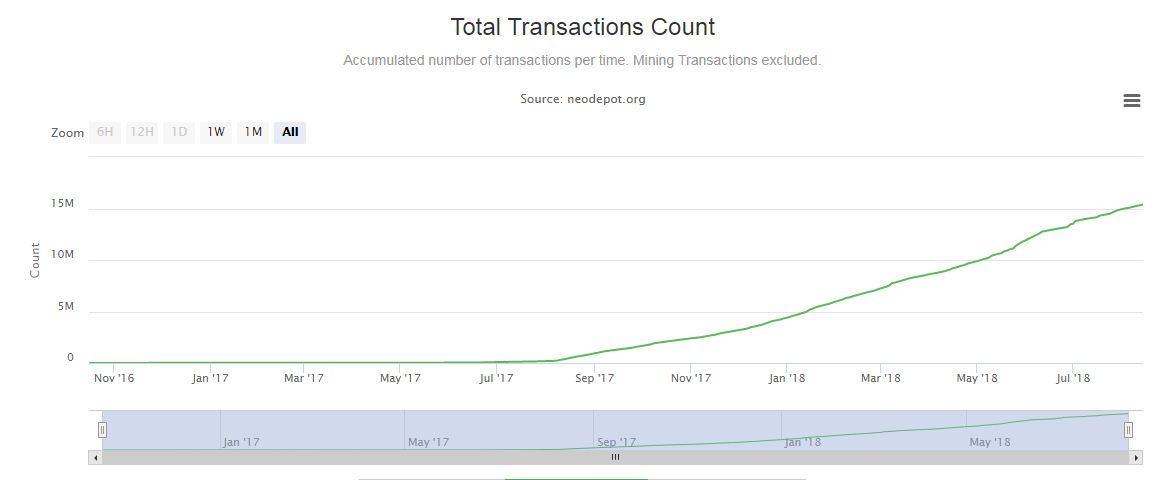
What type of token is NEO?
NEO is an equity token. It is the native token of the NEO blockchain and it represents a stake in the network.
What is the token utility?
Holding the NEO token generates another cryptocurrency known as GAS. GAS is the cryptocurrency used to pay service fees on the network. The circulating supply of NEO is 65 million.
Was there a token sale and how well was it carried out?
There was a token sale and it took place in 2 phases. The first phase occurred in October 2015 (which raised 2,100 BTC) and the second phase in August 8, 2016 (which raised 6,120 BTC). The ICO was carried out fairly as seen in this report.
A total of 100 million NEO was created in the Genesis block, 50 million was sold to investors, and 50 million was locked in a smart contract where 15 million from it is unlocked every year to fund the long-term development goals.
2. STEEM
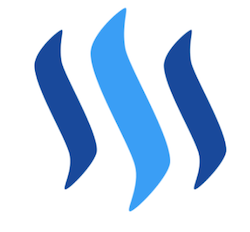
STEEM is a cryptocurrency that runs on its own Steemit blockchain that enables content creators on the social media platform to be rewarded for their content by the readers. Not only do content and even comments get rewarded, there is also no centralized authority over the platform.
The users decide everything about the platform. Participation such as liking, sharing, upvoting is also rewarded on the platform. To learn more, read our introduction to Steem.
The following questions expresses what Coinbase would like to know to consider listing Steem according to the Digital Asset Framework:
What problem does Steem solve and how is Steem different from other blockchain projects?
Steem brings blogging and social media to the blockchain. Not only is it controlled by users, it is also designed to reward good content.
How easy is it for anyone to participate in the network?
Anybody with internet access can create an account and earn on the Steemit platform. It is public, decentralized, and enables a trustless consensus.
Does Steem have a working product?
Yes. The Steem network has been live since March 2016, and has given rewards worth over $40 million since June 2016.
Is the code open-source and has it been tested by third parties? Plus, how well does the team respond to vulnerabilities in the code?
The team opened up the code for anybody to test for vulnerabilities and the response has been prompt. Steem is powered by Graphene Blockchain Technology, used also by BitShares.
Who are the creators of Steem and how competent is the team?
Steem was founded by Ned Scott and Dan Larimer. Steemit Inc is a privately held company based in New York City. However, the blockchain platform is decentralized. Dan is also the founder of BitShares and EOS.
Is there a laid down due process for governance?
Yes. Steem has a unique consensus model outlined in the whitepaper where witnesses are selected to create and sign blocks of transactions.
What blockchain is Steem and what are its plans concerning scaling?
Steem has its own blockchain. It makes use of Graphene blockchain technology which has been proven to sustain over 1,000 transactions per second and can be easily scaled to process over 10,000 transactions per second.
Is there any real world or practical application of the network today?
Yes, Steemit.com.
Is Steem a security under the US Securities Law?
No, Steem does not appear to be a security. There are no known issues with Steem being debated as a US security.
Would the listing of Steem affect Coinbase’s ability to meet compliance regulations?
No. Steem is not an anonymous cryptocurrency and it doesn’t show any sign of noncompliance to current global regulations.
How liquid is Steem?
The market capitalization of Steem is about $260 million as of August 2018. The total supply of tokens is just over 288 million, with over 271 million already in circulation.
Where is Steem available for trading?
Steem is tradable on several exchanges like Binance, Huobi.pro, Bittrex and Poloniex. Steem is also available to purchase with USD on Steemit.com.
What is driving the demand for Steem and does it lead to stronger network effects?
Demand for Steem will always exist as long as content is generated on Steemit and readers share, comment, and upvote. There are over 920,000 user accounts on Steemit to justify this. The Steem community constantly creates information and engagements that drives the ecosystem forward.
The more quality content that’s shared on Steemit, the more people are attracted to the platform and the stronger the network grows.
Is the network growing?
Since its creation in 2016, Steemit has grown to have over 920,000 user accounts, and an average of 1.5 million posts and 3.78 million comments per month according to the website.
What type of token is Steem?
Steem is a utility token. It is a mineable cryptocurrency, but the primary way of earning Steem is by creating content on Steemit. This review of Steemit shows more about the economics of Steem.
Steem has Steem Power (SP) and Steem Dollars (SD) as variants of the Steem coin which helps to make the token fungible and freely movable. According to the whitepaper, 75% of new tokens generated go to fund the reward pool, which is split between authors and curators. Another 15% of the new tokens are awarded to holders of SP. The remaining 10% pays for the witnesses to power the blockchain.
What is the token utility?
The main utility of Steem tokens is the ability to reward good content on the Steem network. Content creators earn Steem tokens when their articles are upvoted by readers.
Was there a token sale and how well was it carried out?
Steem did not have a token sale.
3. MKR
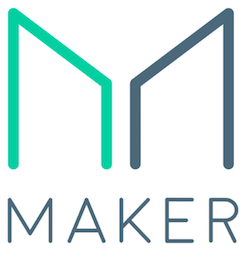
Maker (MKR) is the governance cryptocurrency for the Dai stable coin. A stable coin is a coin that has a fixed value. MakerDAO created a stablecoin soft-pegged to the US Dollar on a 1:1 ratio. This means 1 Dai is always going to be approximately equal to US$1.
Dai is not backed by any currency, but MKR is the governance token that is used as utility for the Dai. Basically, MakerDAO allows you to lock up your ETH and generate Dai as a loan. When the Dai amount is paid back, the ETH is unlocked. The fees associated with the process is paid in MKR. Learn more in our introduction to Maker.
The following questions expresses what Coinbase would like to know to consider listing MKR according to the Digital Asset Framework:
What problem does Maker solve and how is Maker different from other blockchain projects?
Maker presents an innovative approach not just to crypto but to stable coins. The idea of it being a stable coin is remarkable—but even more remarkable is the fact that it is not backed by actual fiat currency, unlike USD Tether and True USD. The stability of the Dai to the USD is maintained through an autonomous system of smart contracts.
How accessible is Maker and how easy is it for anybody to participate in the network?
Anybody can participate in the Maker ecosystem through the Dai dashboard. The network is public and it enables a trustless consensus model.
Does Maker have a working product?
Yes. Dai was went live on the Ethereum mainnet on December 18, 2017. With over 7 months on the mainnet and the fact that most of 2018 has been bearish for the crypto market, Dai has been functioning well.
Is the code open source and has it been tested by third parties? Plus, how well does the team respond to vulnerabilities in the code?
The code is open-source. The codebase underwent 3 months of security review by two top security teams in the crypto space before launch, and no vulnerabilities were found. The team spent 3 years developing the the platform before launching.
Who are the creators of Maker and how competent is the team?
CEO of Maker, Rune Christensen, leads a team of about 40 developers, alongisde CTO Andy Milenius. The competence of the team has been proved by their achievement. The Maker community is well represented on various social networks like Reddit and Twitter.
Is there a laid down due process for governance?
Yes. The MKR token is a governance token. According to the whitepaper, owners of MKR tokens can cast votes and have a say on the future of the platform.
On what blockchain is Maker and what are its plans concerning scaling?
Maker is built on the Ethereum blockchain, and the scaling solution of Ethereum will have an impact on it. The Request Network, an Ethereum scaling solution, has already announced a partnership with MakerDAO.
Is there any real-world or practical applications of the platform today?
Yes, there is a real-world application. Maker allows you to lock up your ETH and generate Dai (a stablecoin 1:1 with USD) as a loan. When the Dai amount is paid back, the ETH is unlocked.
Is MKR a security under the US Securities Law?
No, MKR is the service fee currency on the Maker platform. The Dai is a stable coin and might have legal issues of getting listed on Coinbase — however, MKR is basically a utility token for the Dai and cannot be regarded as a US security.
Would listing MKR affect Coinbase’s ability to meet compliance regulations?
No. The token is an ERC-20 token and it is not anonymous.
How liquid is MKR?
The market capitalization of MKR is about $316 million as of August 2018, with a trade volume of about $810,000. The total supply of tokens is 1 million tokens with 668,228 already in circulation.
Where is MKR available for trading?
It is tradeable on several exchanges like OKEx, Bifinex, and HitBTC. MKR is also available for purchase with USD on Ethfinex.
What is driving the demand for MKR and does it lead to stronger network effects?
Demand for MKR is based on people using the Dai dashboard and locking their ETH to issue Dai. Recently, MakerDAO had to raise its debt ceiling to $100 million due to the overwhelming demand. The demand for MKR signifies a stronger Maker platform.
Is the network growing?
Yes. There are over $52 million worth of Dai in circulation as of August 2018, which is a rise from a circulating supply of about $3.5 million as of January 14, 2018.
What type of token is MKR?
The MKR token is an ERC-20 utility token.
What is the token utility?
The MKR token serves as currency for the service fees in the Maker ecosystem. It is also used to participate in the governance of the platform. More than 65% of the token total supply is available for trading. The value of 1 MKR is currently about $477.
Was there a token sale and how well was it carried out?
There was no token sale for Maker.
Conclusion
Generally, it appears that Coinbase is looking for cryptocurrencies with real value, has a working product that shows promise of further growth, and whose price can increase independently based on its own growth.
NEO, Steem, and Maker are all cryptocurrencies with working products that have showed reasonable growth in the short time they’ve been in existence. From the above analysis, it would not be surprising if Coinbase does consider them for listing in the near future.

